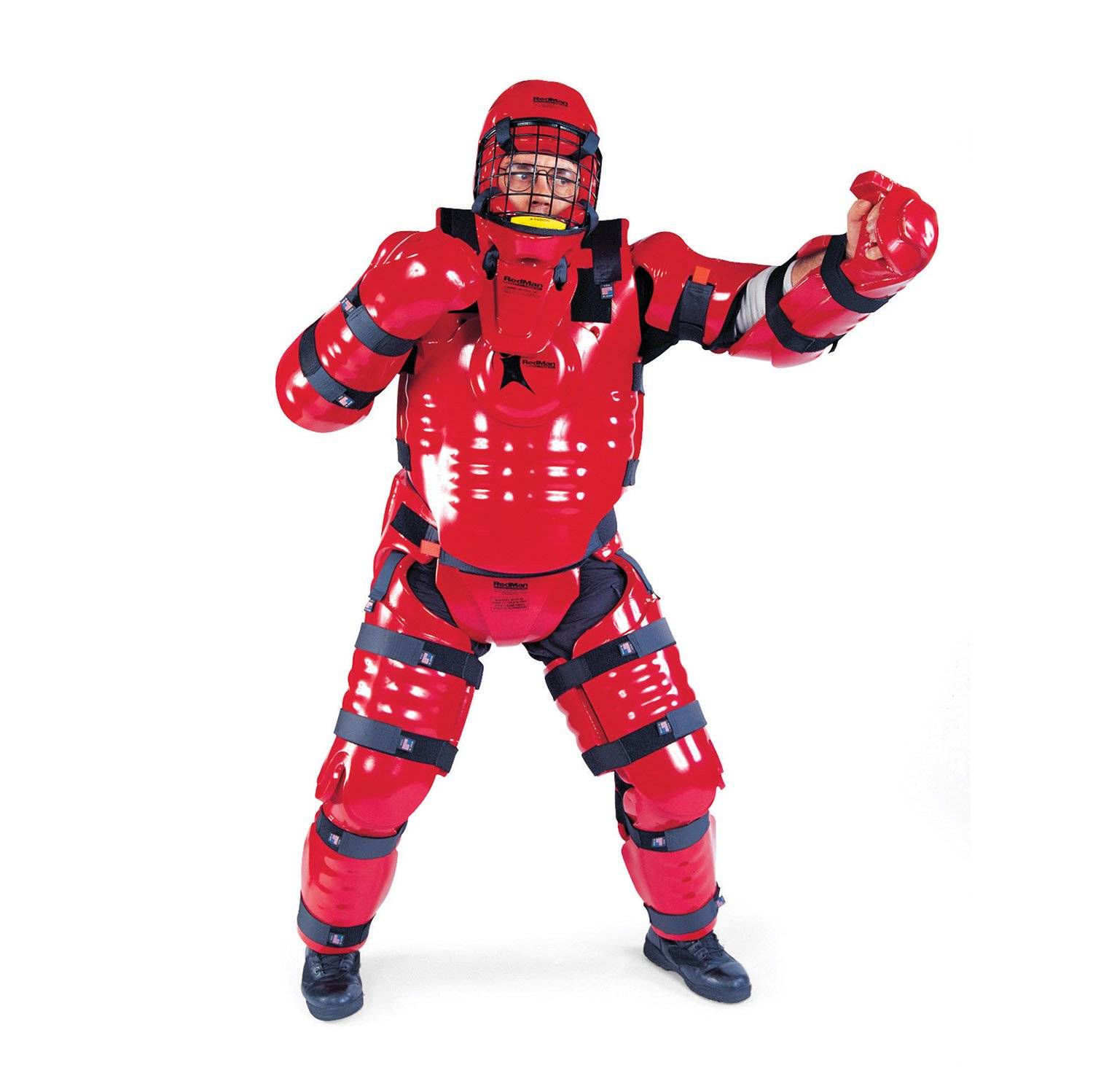J. Pickard
Brown Belt
- Joined
- Jun 8, 2020
- Messages
- 415
- Reaction score
- 425
For this type of sparring I would definitely require beginners to wear a cup, hand pads and foot pads that completely cover the toes and fully pad the knuckles on the hands that fully secure at the wrist, and shin pads. My perspective is that those pads are for the protection of the striker more than the protection of the targeted partner. Beginners take time to learn to not kick with the toes and have good fist alignment. More advanced students could get away with just shin/instep pads with a hogu if head contact isn't allowed. Depending on the level of contact, forearm guards may be wanted for beginners but if it's light contact or even just partial contact, I have found forearms don't get hurt very often and usually aren't necessary.
- This is for low-level colored belts and kids. (Higher belts may have stricter or laxer requirements, depending on how I see things going).
- The rules at this level would be kicks to the body are allowed, kicks to the head or legs are not. Punches are only allowed to the body.
- Chestguard would be required (just to protect the kicker from the sweat of their opponent). I'm also assuming groin cup (if applicable) and mouthguard.

